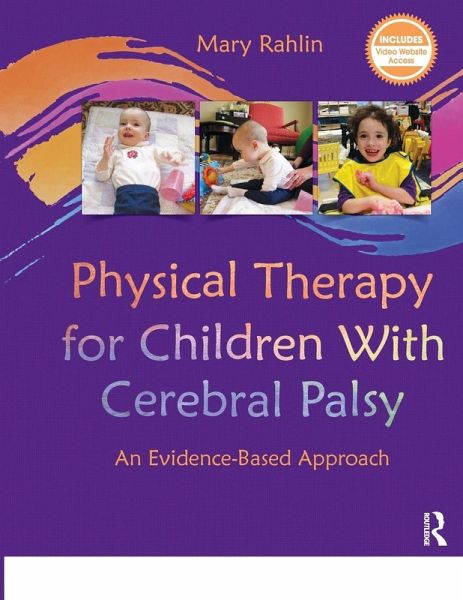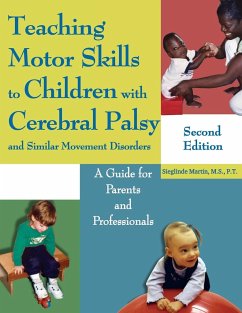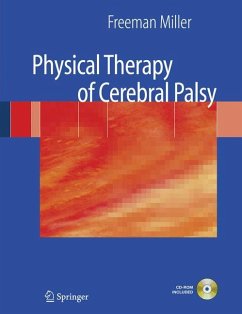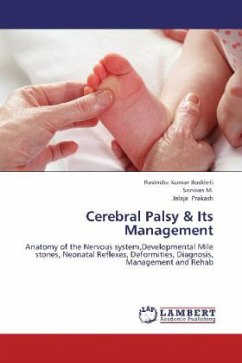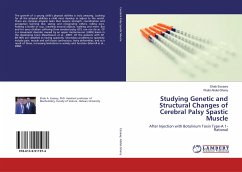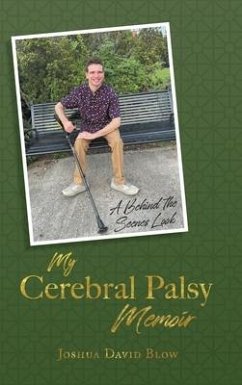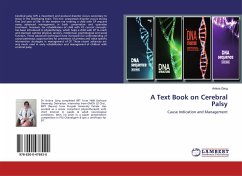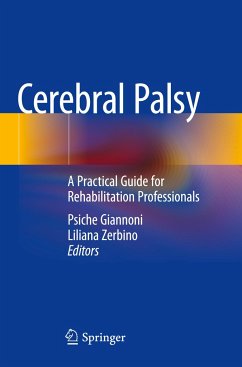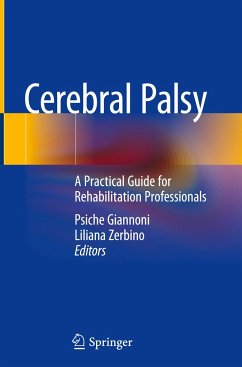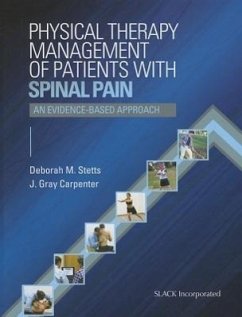Mary Rahlin
Broschiertes Buch
Physical Therapy for Children With Cerebral Palsy
An Evidence-Based Approach
Versandkostenfrei!
Versandfertig in 1-2 Wochen
Weitere Ausgaben:

PAYBACK Punkte
50 °P sammeln!




Cerebral palsy is the most common movement disorder encountered in pediatric physical therapy practice.
Mary Rahlin, PT, DHS, PCS received her Bachelor of Arts degree in Physical Education and a Physical Therapist ("Therapeutic Physical Culture Instructor") Certificate from the State Central Institute of Physical Culture in Moscow, Russia. Subsequently, she received her Bachelor of Science and advanced Master of Science degrees in physical therapy from Finch University of Health Sciences/The Chicago Medical School in North Chicago, Illinois, and her Doctor of Health Science degree from the University of Indianapolis in Indiana. Dr. Rahlin is a Board Certified Clinical Specialist in Pediatric Physical Therapy. She is a member of the American Physical Therapy Association, Section on Pediatrics and Education Section, and a member of the American Academy for Cerebral Palsy and Developmental Medicine. Dr. Rahlin is Associate Professor in the Department of Physical Therapy, College of Health Professions, at Rosalind Franklin University of Medicine and Science in North Chicago, IL. Besides teaching pediatric physical therapy and related curricular content, she provides continuing education courses for practicing clinicians. Her research interests are in the areas of assessment and management of therapy-related behavior and physical therapy intervention for children with cerebral palsy and congenital muscular torticollis. Dr. Rahlin has developed and validated the Therapy Behavior Scale that was published in 2012. She is the first author of a number of peer-reviewed publications in Pediatric Physical Therapy, Physiotherapy Theory and Practice, and Infant Behavior and Development. In addition, she has authored two book chapters, spoken and presented numerous posters at APTA meetings, and serves as a reviewer for Pediatric Physical Therapy. Dr. Rahlin has practiced pediatric physical therapy in a variety of settings and has over 20 years of clinical experience. Currently, she maintains a small private practice, primarily in Early Intervention.
Produktdetails
- Verlag: Routledge
- Seitenzahl: 466
- Erscheinungstermin: 15. Juli 2016
- Englisch
- Abmessung: 280mm x 216mm x 25mm
- Gewicht: 1162g
- ISBN-13: 9781617110658
- ISBN-10: 1617110655
- Artikelnr.: 54716645
Herstellerkennzeichnung
Libri GmbH
Europaallee 1
36244 Bad Hersfeld
gpsr@libri.de
Für dieses Produkt wurde noch keine Bewertung abgegeben. Wir würden uns sehr freuen, wenn du die erste Bewertung schreibst!
Eine Bewertung schreiben
Eine Bewertung schreiben
Andere Kunden interessierten sich für




